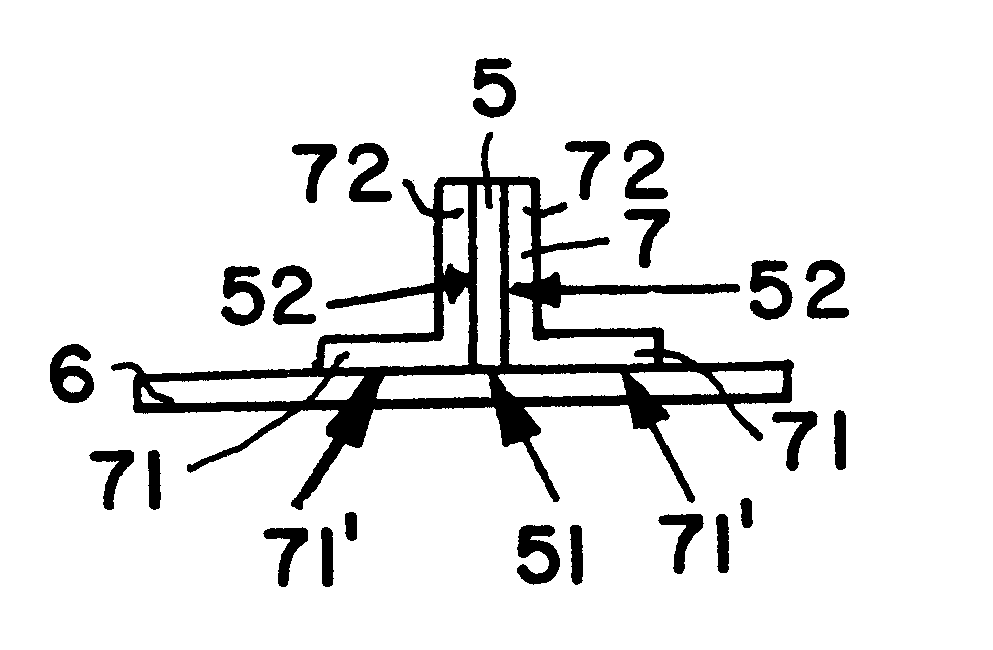Method of fabricating a stringer-stiffened shell structure using fiber reinforced composites
- Summary
- Abstract
- Description
- Claims
- Application Information
AI Technical Summary
Benefits of technology
Problems solved by technology
Method used
Image
Examples
Embodiment Construction
The invention provides a technology and a process for fabricating stringer-stiffened shell structures having a complex curved configuration, wherein the stringers can be formed to the curvature of a skin or shell member in a simple manner without using additional cost-intensive tools or process steps. The skin or shell member is known in the art as such due to its structure, composition, and appearance, and generally has a configuration of a curved panel with length and width dimensions that are substantial multiples of the relatively small thickness dimension. The fabrication of such stringer-stiffened shells according to the invention requires substantially less effort and expense than the conventional technologies discussed above.
In order to carry out the fabrication method according to the invention, it is first necessary to provide pre-cut strip blanks or so-called "blades" or stringer core blanks 5 of fiber reinforced material in a preliminary step. Preferably, as schematicall...
PUM
| Property | Measurement | Unit |
|---|---|---|
| Length | aaaaa | aaaaa |
| Pressure | aaaaa | aaaaa |
| Flexibility | aaaaa | aaaaa |
Abstract
Description
Claims
Application Information
 Login to View More
Login to View More - R&D
- Intellectual Property
- Life Sciences
- Materials
- Tech Scout
- Unparalleled Data Quality
- Higher Quality Content
- 60% Fewer Hallucinations
Browse by: Latest US Patents, China's latest patents, Technical Efficacy Thesaurus, Application Domain, Technology Topic, Popular Technical Reports.
© 2025 PatSnap. All rights reserved.Legal|Privacy policy|Modern Slavery Act Transparency Statement|Sitemap|About US| Contact US: help@patsnap.com


